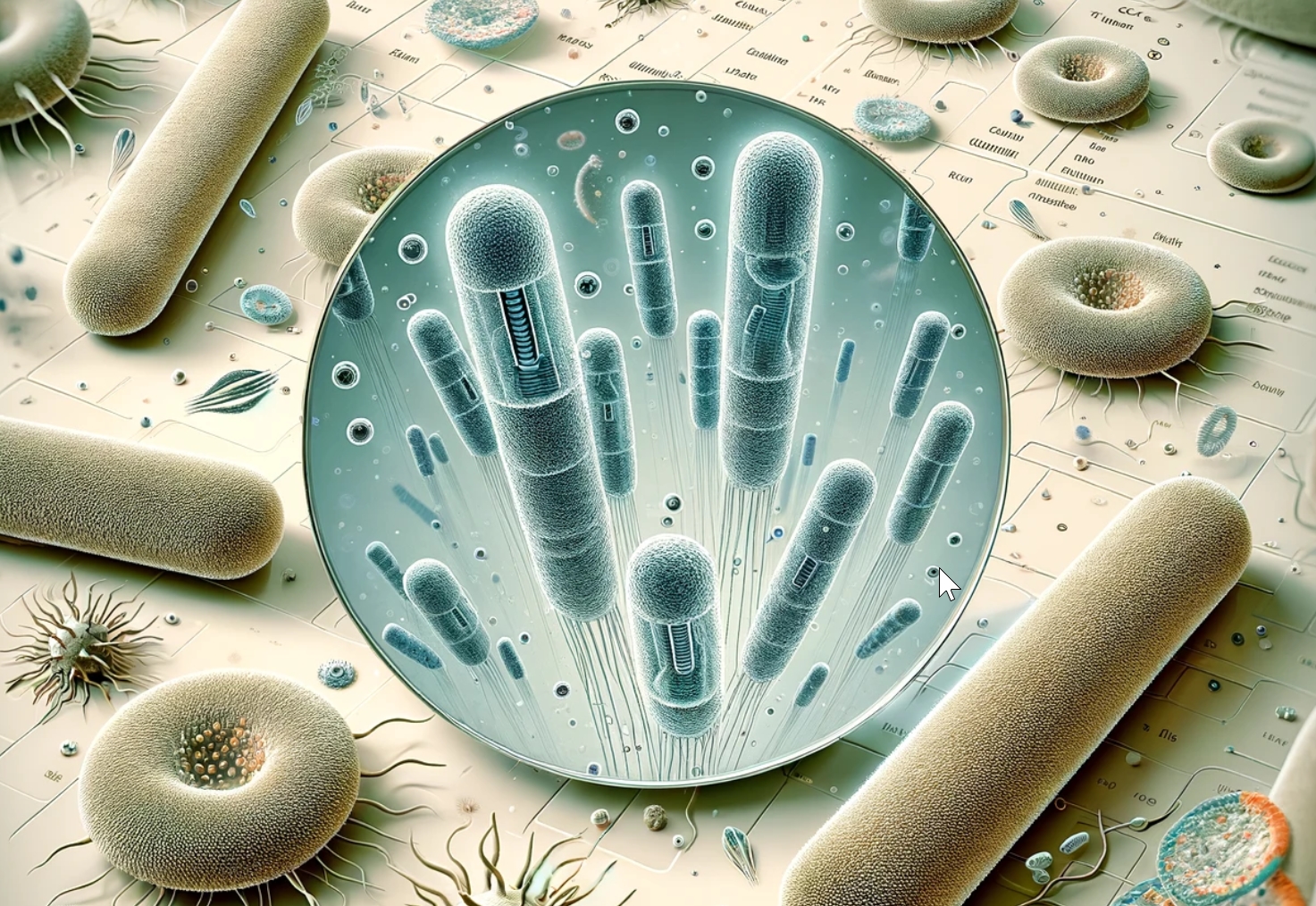Recently, researchers at Stanford University discovered a new virus-like entity called obelisks. These obelisks have been found in large numbers within the human mouth and gut.
What are Obelisks?
Obelisks are microscopic entities that contain one or two genes and self-organise into a rod-like shape. They are circular bits of genetic material that have been found hiding inside the human body. While the exact species that host these elements are unknown, it is believed that bacteria or fungi could be probable hosts. The obelisks likely rely on these microbial host cells for replication.
Obelisks vs Viruses and Viroids
The obelisks are distinct from viruses and viroids, two other types of microbiological entities. Viruses cannot replicate without a host and are on the edge of what constitutes life. On the other hand, viroid are tiny scraps of genetic material that cannot make proteins and don’t have a protective shell to encase their genome.
The newly discovered obelisks fall somewhere between viruses and viroids. They have a circular single-stranded RNA genome and no protein coat, like viroids. But, like viruses, their genomes contain genes predicted to code for proteins. All obelisks described so far encode a single major protein known as obulin, and many encode a second, smaller obulin. The function of these obulins is still unknown, as they bear no evolutionary resemblance to any other protein.
Distribution and Prevalence of Obelisks
The Stanford team found almost 30,000 distinct obelisk types by analysing existing datasets taken from the human gut and mouth, as well as other sources. These obelisk genomes have been previously overlooked due to their dissimilarity to anything described before. The researchers found them in datasets spanning the globe and in diverse niches. They were detected in around 7% of microbiome datasets from the human gut and 50% of datasets from the mouth.
Potential Hosts for Obelisks
Obelisks likely rely on microbial host cells, including those that live inside humans, for replication. While the exact species that harbour these elements are unknown, bacteria or fungi are probable hosts. The researchers provided strong evidence that a common bacterial component of dental plaque, Streptococcus sanguinis, plays host to a specific obelisk type.
Obelisks: Friend or Foe?
As of now, the evolutionary and ecological significance of obelisks is unknown. It is not yet confirm whether they are parasitic and harm host cells, or they might be beneficial. Hosts may have evolved defence mechanisms against obelisks or actively recruit them for some advantage. If obelisks change or upset the human microbiome, they could have implications for human health and may even have therapeutic potential.
